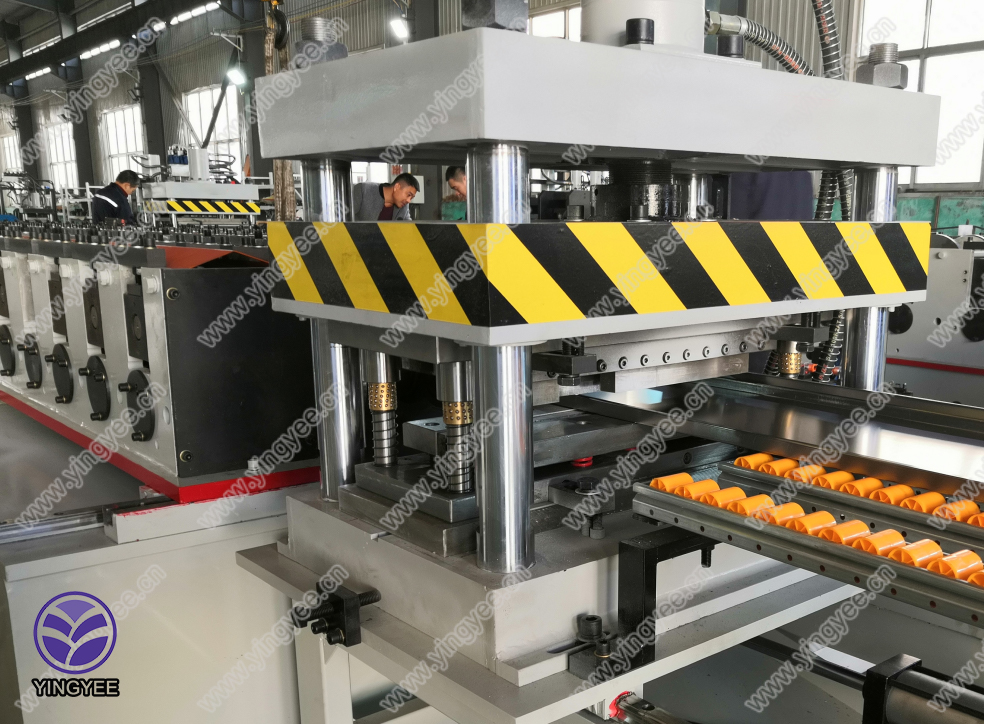
Understanding Welding Rods and Their HS Code
Welding is a crucial process in various industries, including construction, manufacturing, and automotive, facilitating the joining of metals to create robust structures and components. A key element in the welding process is the welding rod, also known as a filler rod or welding electrode. Understanding the significance of welding rods, their types, and their classification under the Harmonized System (HS) code is essential for businesses involved in international trade, manufacturing, and regulatory compliance.
What is a Welding Rod?
A welding rod is a metal wire or bar that is melted and used to join two or more pieces of metal together during welding. The welding rod serves multiple functions it provides the necessary filler material to fill the joint, it can create a stronger bond depending on its composition, and it can also provide protection from oxidation during the welding process. Welding rods come in various types, including solid rods, tubular rods, and flux-cored rods, each designed for specific applications and welding techniques.
Types of Welding Rods
1. Stick Electrodes (SMAW) These are the most common types of welding rods used in Shielded Metal Arc Welding. They consist of a metal core wire coated in a flux that helps protect the molten weld pool from atmospheric contamination.
2. TIG Rods (GTAW) Tungsten Inert Gas (TIG) welding uses filler rods that are not coated. The welder adds them manually to the weld pool while using a non-consumable tungsten electrode.
3. MIG Wire (GMAW) In Gas Metal Arc Welding, a continuously fed wire serves as both the electrode and the filler. This type is often used in higher production environments due to its efficiency.
4. Flux-cored Wires These are similar to MIG wires but are filled with flux. They can be used in environments where shielding gas is not feasible.
Each type of welding rod has unique properties that make it suitable for different materials and welding conditions. For instance, some welding rods are designed for high-temperature applications, while others are formulated to work with specific metals like stainless steel or aluminum.

The Importance of HS Codes
HS codes, or Harmonized System codes, are standardized numerical codes that identify goods in international trade. They are crucial for customs declarations, trade statistics, and ensuring compliance with regulatory measures. The HS code system, maintained by the World Customs Organization (WCO), consists of nearly 5,000 commodity groups and is used by over 200 countries.
For welding rods, the HS code is essential for several reasons
- Trade Facilitation Accurate HS coding helps in the smooth import and export of welding materials. Customs authorities use these codes to assess applicable tariffs, duties, and import restrictions.
- Compliance Different countries may have regulations that apply specifically to welding materials. Understanding and using the correct HS code helps companies comply with these laws.
- Market Analysis By studying HS code data, businesses can analyze market trends, identify potential new markets, and monitor competition.
Classification of Welding Rods
Welding rods typically fall under HS Code 8311, which covers Pads, strips, discs, and other flat shapes, of metal, for the use in welding. However, the specific classification may vary based on the type of welding rod, its material composition, and its intended use. For instance, rods made of different alloys or those designed for particular welding techniques may have distinct sub-codes under the broader heading.
Conclusion
Welding rods play a fundamental role in the fabrication and construction industries. Understanding their types, applications, and classification under the HS code system is vital for manufacturers and traders engaging in global commerce. By ensuring compliance with HS codes, businesses can navigate the international market more effectively, reducing the risk of delays and penalties associated with customs processes. As industries evolve and new welding technologies emerge, staying updated on these aspects becomes increasingly important for maintaining a competitive edge.